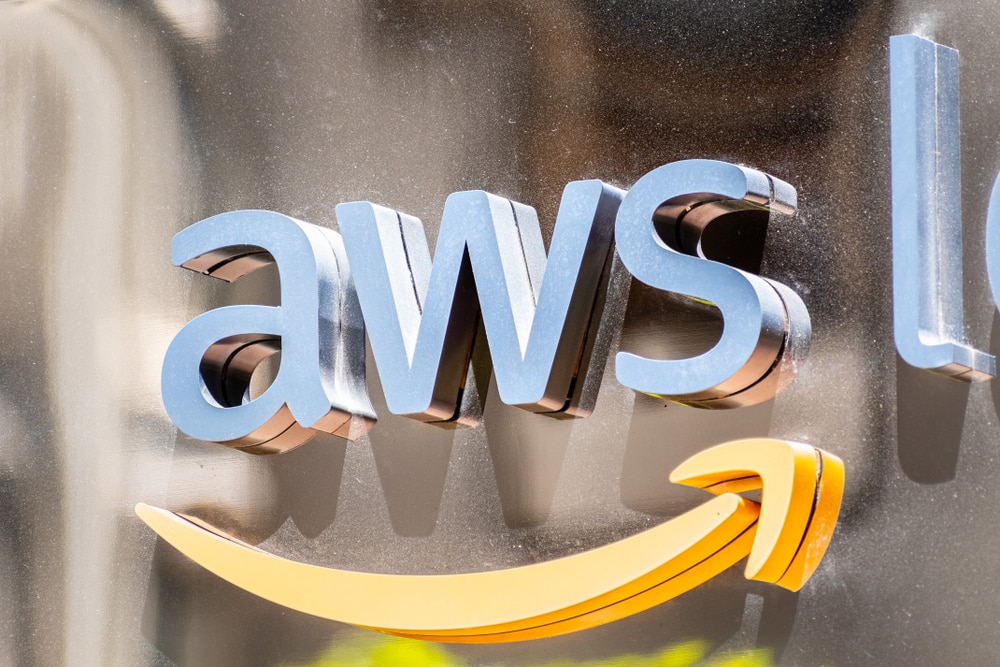What is Cloud?
Cloud is simply a bank of data distributed across a network of computers. It allows a consumer to request computing resources as per their requirements.
There are four types of cloud, namely public cloud, private cloud, community cloud, and hybrid cloud. A public cloud is used to provide services to the public. A private cloud gives services to only users within an organisation. A community cloud is used in providing service to a particular community of individuals and organisations, and a hybrid cloud is just a mix of the above three types.
In past decades we were using telegram, post letters to communicate with one another, but now a technical revolution has made communication super fast. One of the latest communication technologies in the market is cloud computing, which was invented by Joseph Carl Robnett Licklider in the 1960s.
The underlying technology behind Gmail, social networking websites, mobile applications, and so on that works and allows users present in different corners of the world to seamlessly communicate with each other is what we call cloud computing.
So, with the help of the cloud, we can stream videos, browse websites, use social media and stream news through any device having an internet connection. In technical terms, a cloud is a global network of remote servers that are connected and operate as a single entity.
Cloud as a Service
The use of cloud computing allows a consumer to use both software and hardware of the system without having any physical access to it from any part of the world. Though a new service, it is being adopted by big corporations and government agencies as it provides consumers with many functionalities.
Some Services of the Cloud
- Data Storage and Backups (Eg: Employee Record Maintenance)
- Email Servicing
- Creating and Testing Apps
- Processing of Database
- Technical Support
Some of the most popular cloud services and entities include PAAS (platform as a service), SAAS (software as a service), and IAAS (Infrastructure as a service).
Software as a Service
Software as a service provides the software application licensure to the consumers. This is the version of cloud computing that is mostly used by consumers daily. The background hardware and software of the system are no relevant to the end-user because it is bought on a per-user basis. One such example is Microsoft Office 365.
Platform as a Service
Platform as a service is a complex one because it is a platform used for creating software that has to be distributed over the internet. This part also includes the various tools that developers can use to build applications, and also it can have database management tools too, For example, platforms like Force.com and Heroku.
Infrastructure as a Service
Infrastructure as a service is a method of delivery, starting from operating systems to servers and storage through IP- based connectivity. These are the fundamental building blocks that can be taken for rent by the consumers. This layer grabs the attention of the companies that need to build applications from scratch. The best examples are IBM Cloud and Microsoft Azure.
Traditional Methods of Software Delivery
The traditional method for software delivery was CD-ROMs and hard drives.
CD-ROMs
- During the 1990s, CD-ROMs were primarily used for the distribution of software as well as data for computers. The software is written onto the CD ROM and then used for distribution.
- As these devices are read-only, it ensures that there is no manipulation or piracy in the distribution and people could only read data from these devices.
- Operating Systems, Game consoles like Nintendo GameCube and Sega Genesis, Sony Playstation were all delivered through CD-ROM. Consumers need to buy one of these and then deploy the required software on their device using these CDROMs.
HARD DRIVES
- They are the electro-mechanical data storage devices that use magnetic storage to store the data. The retrieval of the digital information using one or more rotating disks coated using a magnetic material is also done using a Hard drive.
- These are used to store any kind of data inclusive of pictures, music, videos, and text documents.
- As these devices are a non-volatile format of storage they provide more functionality compared to a CD-ROM in terms of software delivery.
- The hard drives being larger in capacity makes the delivery of multiple software easier. But this being the case, there is also an issue with the hard drives that some part of the capacity is not available for the user because it is used by the file system and operating system and also for the inbuilt error correction and recovery.
When Did Cloud Start Becoming Significant?
- Cloud computing came to the spotlight in the mid-1960s when it was first mentioned in the Compaq internal document.
- In 2006, the cloud became extremely popular through the Amazon web services (AWS) when amazon.com released elastic compute cloud products.
- AWS is an excellent package that includes all the tools, platforms, and other components needed to integrate an online service seamlessly.
- AWS offers services starting from file hosting in the cloud using S3, to database and application deployment with EC2 and also gives an end to end secure approach as well as enhancing the overall infrastructure.
- AWS also helps in backup and recovery in the event of a disaster to the system. One can schedule the services at any time based on their specific requirements.
- Following suit, Google also launched the Google cloud platform, which gave small and medium scale businesses the power to scale and grow at the same time.
- IBM also has its cloud that its consumers use for various computing services similar to Microsoft. They also have employed all the layers of cloud computing and extract various functionalities for their consumers.
- Microsoft came up with Microsoft Azure to enhance the delivery of their software and also offer cloud storage to millions of users online.
- VMware and Rackspace also developed a cloud computing platform that helps organisations as well as enterprises to manage the day to day tasks remotely from the cloud.
- The largest e-commerce applications of today are developed using AWS.
- Netflix, which is used for video streaming, is entirely dependent upon the AWS infrastructure.
- Microsoft Azure offers various services such as IoT, networking, content and media delivery, analytics, storage of data, etc.
The features of the cloud, which made it significant among users, are as follows:
- Easy to use
- User-friendly
- Robustness of an application
- Reliability
- Quick services
- Enhanced security with a high rate of scalability and cost-effectiveness.
Advantages and Disadvantages of Using Cloud for Software Delivery
Advantages of Using Cloud Advantages
- Cloud enhances security during remote delivery of software.
- It makes it easier for users to execute seamless backup as well as recover all their data.
- It provides a streamlined flow of work.
- It is more reliable.
- It is highly cost-effective.
- It allows for resource pooling.
- Any upgrades and updates can be easily made and deployed into the desired targets.
- Allows self-service in most instances.
- Cloud provides global connectivity.
- The cloud helps online collaborations as well as offline accessibility.
E.g., Dropbox, Gmail, Facebook, SlideRocket, Amazon Web Services, Ratatype, IBM cloud, Hubspot, Adobe cloud, etc.
Disadvantages of Using Cloud
- Cloud depends upon internet connectivity and therefore it leads to downtime in some instances.
- While the initial offering is free, premium services often attract a hefty charge.
- To use cloud computing, users in most cases, have to agree to set terms and conditions, which shifts the power of control from the user to the developer.
- Technical issues may arise from time to time and to resolve, one has to contact the hosting provider for help. In most cases, the user doesn’t have the administrative privileges that are required to fix the problem at hand. Although the inclusion of chatbots and 24/7 customer support has made problem-solving much easier and time-efficient, still the end user lacks control over the service to a great extent.
- Security is the most important concern when it comes to using cloud computing. There have been multiple instances in the past where cloud servers have been hacked and data leaked. Although the cloud service providers of today are taking active steps to fight this issue, the concern of security in cloud computing is a matter that cannot be ignored.
The future of Cloud
- Software engineering must not only keep track of the development processes, but they need to also take care of the effective delivery of the developed software to the end-users. The main entities of this are software deployment and maintenance.
- Cloud computing ensures effective software delivery by providing easy application deployment and maintenance for service providers by service virtualisation, provide with interfaces to help users access and use the applications and Quality of service management for the providers by use of dynamic resource virtualisation. These features ensure that cloud computing is a powerful way of software delivery.
- The main roadblock for cloud computing to become the future for software delivery is security concerns. But, the cloud providers of today have not only become robust in security but have also overcome breaches of the past.
- The main issue is the interest of the public; once they believe completely in the power of cloud computing, there will be no blockade in it becoming the future for software delivery.
With every passing day, cloud computing is increasing in popularity among the general public. A time when all software will be based on the cloud and deployed remotely to the end-user is not far away. Not only is this mode of technology cost-effective and efficient, but it is also eco-friendly. Corporations around the world are adapting to this technology rapidly and with significant improvements and developments on the way, we can expect something big on its way.
To conclude, we can say that cloud computing will become an essential staple of communication in the times to come. If you wish to cloud computing, upskill with Great Learning’s PG in Cloud Computing.








